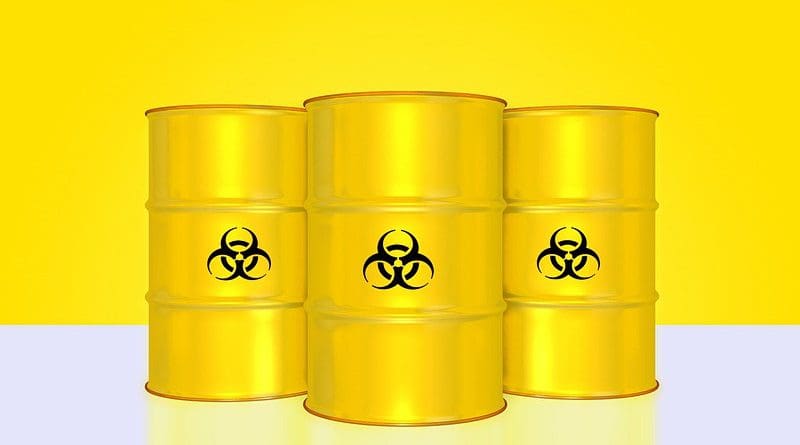Japan: Public Being Checked For Radiation Exposure
Potential contamination of the public is being studied by Japanese authorities as over 170,000 residents are evacuated from within 20 kilometres of Fukushima Daini and Daiichi nuclear power plants. Nine people’s results have shown some degree of contamination, as of late Sunday.
Japan’s Nuclear and Industrial Safety Agency (Nisa) – part of the Ministry of Economy, Trade and Industry (Meti) – said that out of about 100 residents evacuated from Futaba by buses, nine people were found to have been exposed. The pathway of their exposure is currently under investigation.
One person was measured to have an exposure of 18,000 counts per minute (cpm); another had a measurement of between 30,000 and 36,000 cpm; while a third evacuee had an exposure of 40,000 cpm. A fourth person initially gave a reading of over 100,000 cpm, but a second measurement taken after the person had removed their shoes was just under 40,000 cpm. Another five people were said to have “very small counts”.
A second group of some 60 people, who had been evacuated from the Futaba Public Welfare Hospital by helicopter to the Nihonmatsu Man and Woman Symbiosis Centre, have also been tested.
A statement from Nisa at 4.30pm (Sunday) said the results of these tests were not yet available. According to Nisa, is it possible that some of these people could have been contaminated while waiting to be picked up by helicopter from the grounds of the Futuba high school. Another group of about 35 people who were taken by bus from the Futaba Public Welfare Hospital to Kawamata Saiseikai Hospital were found to have no exposure.
To protect the public from potential health effects of radioactive isotopes of iodine that could potentially be released, authorities have made preparations to distribute tablets of non-radioactive potassium-iodide. This is quickly taken up by the body and its presence prevents the take-up of iodine-131 should people be exposed to it.
Radiation levels have been monitored across the Fukushima Daiichi and Daini sites. As of 10.00pm today, Tepco said that radiation levels were lower and stable. The maximum level detected on the 12 March was at 3.29pm when levels reached 1015 microsieverts per hour.
On-site casualties
At Fukushima Daiini unit 3 one worker received a radiation dose of 106 mSv. This is a notable dose, but comparable to levels deemed acceptable in emergency situations by some national nuclear safety regulators.
A seriously injured worker was trapped within Fukushima Daiichi unit 1 in the crane operating console of the exhaust stack and is now confirmed to have died. Four workers were injured by the explosion at the same reactor and have been taken to hospital. A contractor was found unconscious and taken to hospital. Two Tepco workers “felt bad,” the company said, during operations in the central control rooms of units 1 and 2 while wearing full masks.
Two workers of a ‘cooperative firm’ were injured, said Tepco; one with a broken bone. A Tepco employee who was unable to stand and grasping his left chest was taken to hospital.
The whereabout of two Tepco workers remains unknown.
Researched and written by World Nuclear News

